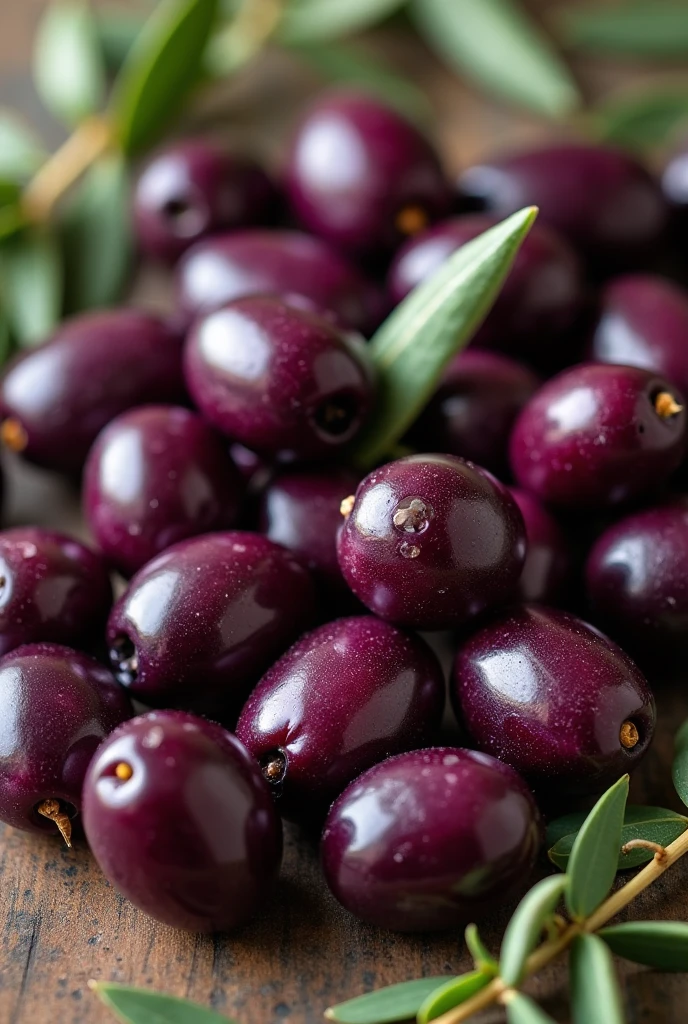
Kalamata olives, known for their deep purple color and almond shape, are a staple in Mediterranean cuisine, particularly in Greece. They are not only delicious but also packed with health benefits. Here’s an in-depth look at Kalamata olives, including their history, cultivation, uses, and health benefits.
A Brief History
Kalamata olives originate from the region of Kalamata in the Peloponnese, Greece. Their cultivation dates back to ancient times, and they have been an integral part of Greek culture and cuisine for centuries. These olives are often associated with the Mediterranean diet, renowned for its health benefits and emphasis on fresh, local ingredients.
Cultivation
Kalamata olives thrive in the Mediterranean climate, characterized by hot, dry summers and mild, wet winters. The trees are hardy and can withstand drought conditions, making them well-suited for the region. The olives are typically harvested in late autumn when they reach their peak ripeness.
The harvesting process involves hand-picking the olives to ensure they are not damaged. After harvesting, the olives undergo a curing process to remove their natural bitterness. This can be done through various methods, including brining, dry curing, or water curing.
Flavor Profile
Kalamata olives are known for their rich, fruity flavor with a hint of bitterness and a slightly meaty texture. They are often described as having a robust, wine-like taste, making them a popular choice for salads, tapenade, and Mediterranean dishes. Their deep purple hue and smooth skin make them visually appealing as well.
Culinary Uses
Kalamata olives are versatile and can be used in various dishes, including:
- Salads: They add a flavorful punch to Greek salads, pasta salads, and grain bowls.
- Tapenade: Blended with capers, garlic, and olive oil, Kalamata olives create a delicious spread for bread or crackers.
- Pizza and Pasta: They are often used as toppings for pizzas and in pasta dishes for added flavor.
- Marinades: Their robust flavor makes them ideal for marinating meats and vegetables.
- Garnishes: Whole olives can serve as a decorative garnish for cocktails or antipasto platters.
Health Benefits
Kalamata olives are not only tasty but also nutritious. Here are some health benefits associated with their consumption:
- Rich in Antioxidants: They contain antioxidants, which help combat oxidative stress and inflammation in the body.
- Heart Health: The monounsaturated fats in olives can contribute to heart health by reducing bad cholesterol levels.
- Anti-Inflammatory Properties: The compounds in olives may help reduce inflammation and lower the risk of chronic diseases.
- Source of Vitamins and Minerals: Kalamata olives are a good source of vitamin E, iron, and dietary fiber, contributing to overall health.
Conclusion
Kalamata olives are more than just a delicious snack; they are a cultural icon and a healthful ingredient in Mediterranean cuisine. Whether enjoyed on their own, in salads, or as part of a savory dish, their unique flavor and numerous health benefits make them a must-try for any food lover. Embrace the rich history and versatility of Kalamata olives and elevate your culinary creations.



